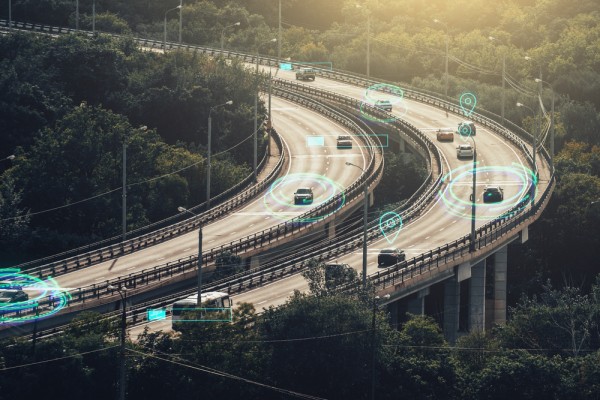New technologies and design thinking are reinventing the potential of bus design, moving away from the conventional view of the bus as a slow, boxy, impersonal shell for the travel of only captive travellers. At the international congress of Public Transport, the Super Bus prototype was unveiled; a luxury passenger bus with operating speeds of 250km/hr for long distance demand responsive transport.
This research project seeks to explore what a ‘future bus’ might look like for urban local bus transport which can both meet emerging needs of bus travellers and the flexible alternative roles which buses of the future will need to fulfil. Travel needs are becoming more diverse with an increasing youth market of ‘tech-savy’ Millenials who contrast with a growing base of older and disabled users with physical amenity and access needs.
The role of the bus is also changing; while they will always need to provide fixed route mass transit service, demand response services which can penetrate into more confined streets and suburbs or hilly areas are also needed.
Advanced designs which fulfil a multi-purpose role are needed including consideration of modular construction concepts and incorporation of new propulsion systems including wireless electric systems. Future buses will also need to consider different sustainable energy sources which might be electric, hydrogen fuel, or…?
This project is part of the Sustainable and Effective Public Transport – Graduate Research Industry Partnership (SEPT-GRIP) and was supervised by Dr Robbie Napper. The project was undertaken by Sarah Roberts and sponsored by Transdev Melbourne and Monash University.
The thesis is available online here.



